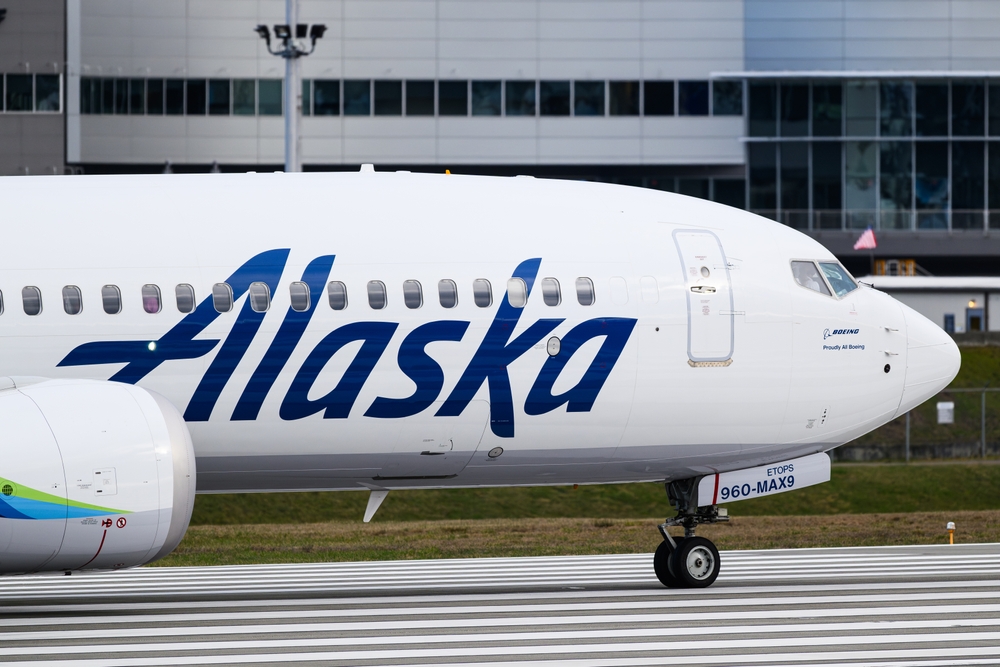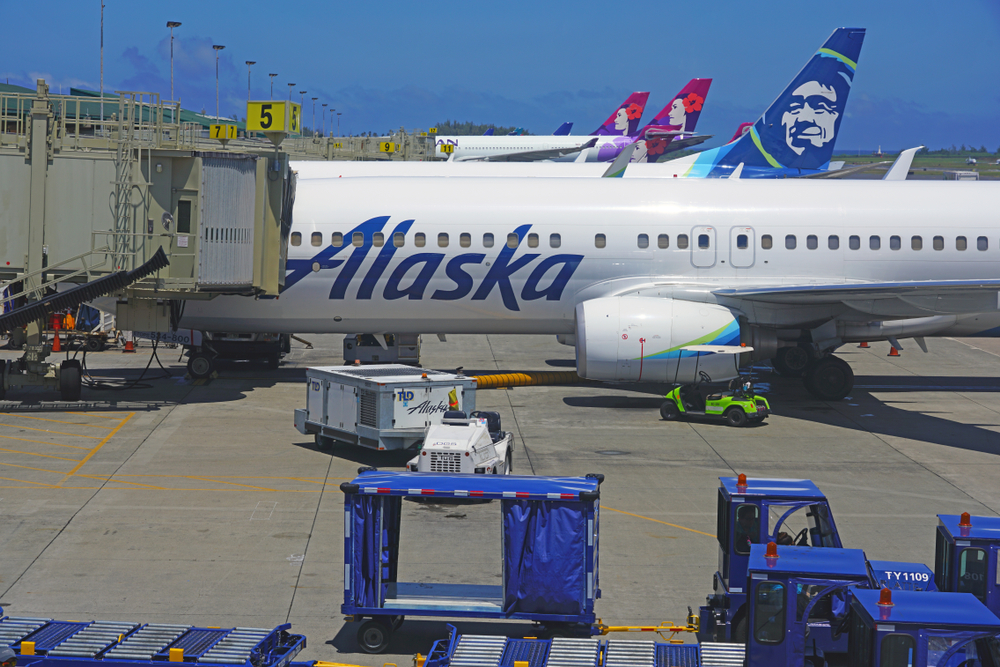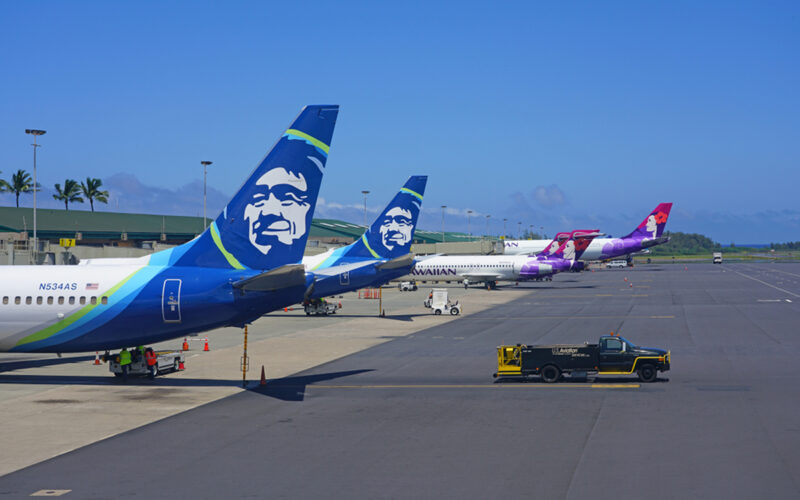After months of deliberation, the US Department of Transportation (DOT) has finally given its approval to the proposed merger between Alaska Airlines and Hawaiian Airlines. The decision paves the way for the two carriers to begin an integration process that will see each retain their own identity but also benefit from a wide range of synergies across their respective operations.
Now that the merger has been given the regulatory green light, the companies are expected to pursue that integration process as quickly as possible, given the potential savings possible. The deal is also likely to result in far more coordination of operations and schedules at the two carriers’ main bases – Seattle and Honolulu.
Although cleared for regulatory takeoff, the approval comes with a set of conditions that the airlines need to agree to and put in place before full integration begins. These conditions have been put in place primarily to protect the consumer in the US marketplace so that there is no detriment to the competitive landscape as a result of the merger.
These conditions include the maintaining of a “robust” inter-island air service to meet the needs of local travelers, protecting the value of points accrued by frequent flyers in the respective loyalty programs, offering fee-free family seating, and ensuring reduced fares remain available to US military families.

According to the US DOT’s social media feed, the imposition of these conditions marks “a more proactive approach to merger review marks a new chapter in DOT’s work to stand up for passengers and promote a fairer aviation sector in America.”
“The Department’s top priority is protecting the traveling public’s best interest during this process,” said DOT Secretary Pete Buttigieg. “We have secured binding protections that maintain critical flight services for communities, ensure smaller airlines can access the Honolulu hub airport, lower costs for families and service members, and preserve the value of rewards miles against devaluation.”
The merger between the two airlines was first proposed in December 2023 and is valued at $1.9 billion. The carriers combined will carry almost 55 million passengers annually and operate a fleet of almost 400 mainline aircraft in total.
Although both airlines have large networks across the western US and serve the Hawaiian Islands, there is little overlap between those two networks which is one of the main reasons why the two companies are so well matched. When combined, it is hoped that the merger will increase competition by linking the Hawaiian Islands to more US cities and increase the range of possible connections through Alaska Airlines’ main US hubs.
“We look forward to formally welcoming Hawaiian Airlines’ guests and employees into Alaska Air Group,” said Ben Minicucci, Alaska Airlines CEO. “We sincerely appreciate the exceptional care and service that employees of both companies have continued to show for one another and our guests throughout this process, and the support of both airlines’ labor unions, as we proceed to realize the vision for this combination and build a stronger future together.”

However, following the announcement of the merger approval, it was also revealed that Peter Ingram, Hawaiian’s long-serving Chief Executive, is to be replaced by Joe Sprague, the Alaska Airlines executive whose current job is that of Regional President of Hawaii-Pacific. Additionally, it was announced that Hawaiian Airlines will be led through the merger process by an “interim leadership team”.
According to a statement issued by Hawaiian Airlines, “In this role, Sprague will be responsible for leading all aspects of Hawaiian Airlines’ operations until the Federal Aviation Administration grants Alaska a single operating certificate.”
Following the deal’s approval by the US Department of Transportation, the two carriers are expecting the deal to be finalized as soon as September 18, 2024, upon which Ingram is expected to depart Hawaiian.

